Gasp! 11 Surprising Facts About the Respiratory System
Surprise!
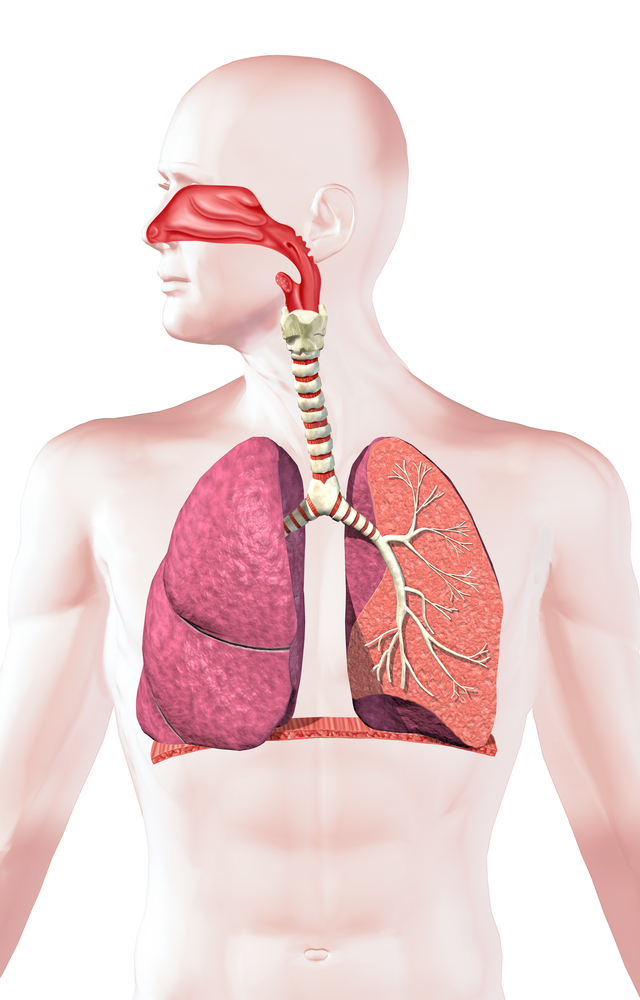
The respiratory system is made up of several organs and structures, including the lungs, windpipe, diaphragm and alveoli. It is responsible for taking in oxygen and expelling carbon-dioxide waste.
Here are 11 surprising facts about the respiratory system.
You lose a lot of water just by breathing.

Breathing allows you to take in the oxygen your cells need and expel carbon-dioxide waste. But when you exhale, you also breathe out a lot of water.
How much water do you lose from breathing?
When at rest, humans exhale up to 17.5 milliliters (0.59 fluid ounces) of water per hour, according to a 2012 article in the journal Polish Pneumonology and Allergology. But you lose about four times that amount when you exercise, the study said.
Some people can hold their breath for more than 20 minutes.
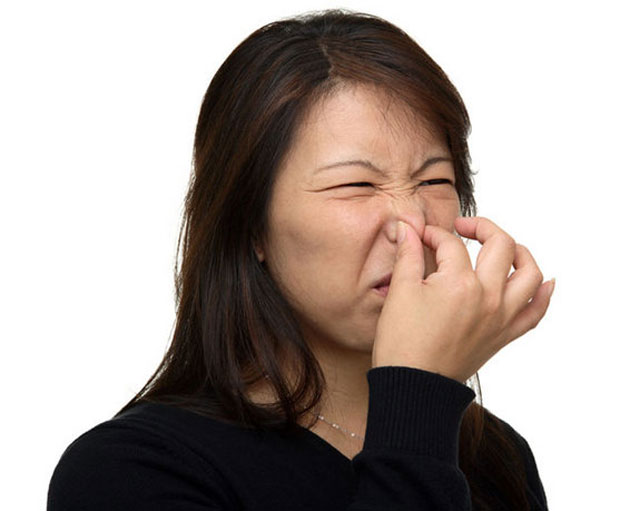
The average time an adult can hold his or her breath is between 30 and 60 seconds. This limitation has more to do with the buildup of blood-acidifying carbon dioxide than the lack of oxygen, which your body stores in muscle proteins called myoglobin.
But free divers — people who practice the sport of diving underwater without using equipment like scuba gear — have different techniques, such as hyperventilation, to decrease the concentration of carbon dioxide in the blood, allowing them to hold their breath for remarkably long times. Denmark's Stig Severinsen currently holds the Guinness World Record for the longest free dive — in 2010, he held his breath underwater for 22 minutes.
The lungs are the only organs that can float on water.
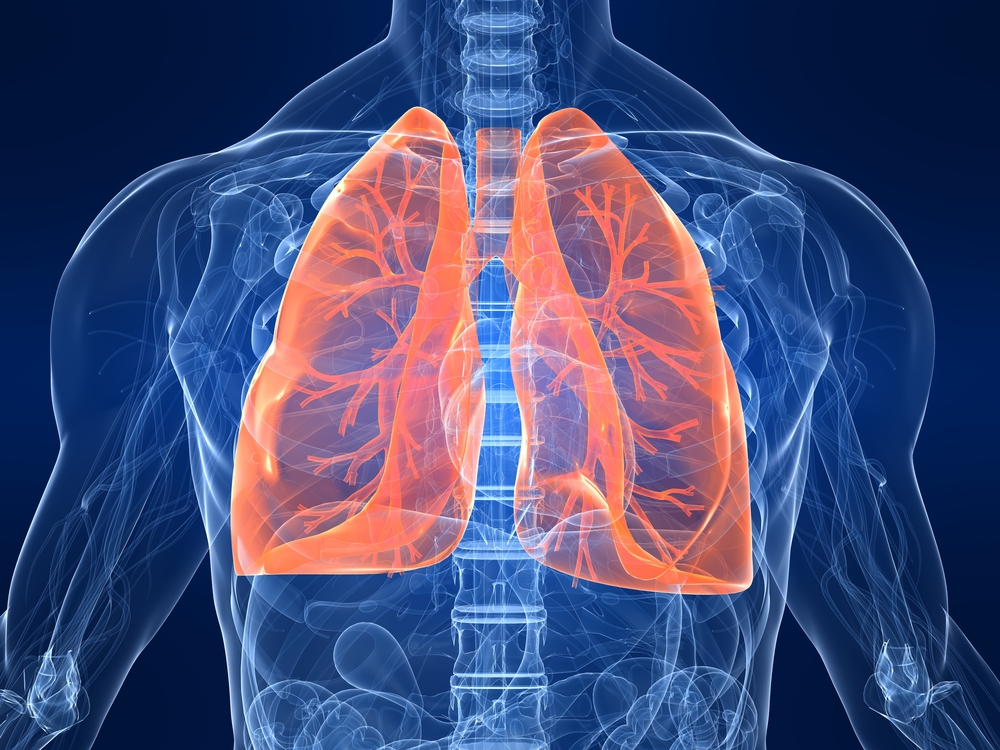
Each of your lungs contains about 300 million balloon-like structures called alveoli, which replace the carbon-dioxide waste in your blood with oxygen. When these structures are filled with air, the lungs become the only organs in the human body that can float on water.
In fact, medical examiners use the so-called "lung float test" during autopsies to determine if a baby was stillborn (died in the womb). If the lungs float, the baby was born alive; if the lungs don't float, the baby was stillborn. This method is accurate 98 percent of the time, according to a 2013 study in the International Journal of Legal Medicine.
Sneeze particles may not travel as fast as people think.
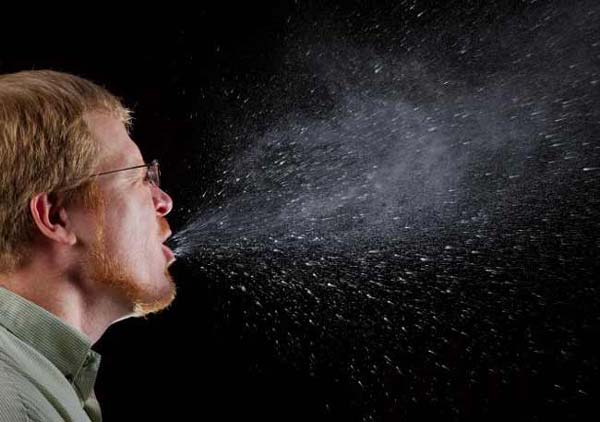
In the past, modeling studies have estimated the velocity of a sneeze at 112 mph (180 km/h). On the popular Discovery Channel series "MythBusters," hosts Jamie Hyneman and Adam Savage recorded a maximum sneeze velocity of 39 mph (63 km/h).
However, a 2013 study in the journal PLOS ONE found that a sneeze's maximum velocity is even lower than the rates determined on "MythBusters." Using a high-speed camera and LED lights, the researchers found that their study participants only sneezed up to 10 mph (16 km/h).
The common cold can be caused by hundreds of different viruses.

The common cold is by far the most prevalent respiratory-system illness, and may be the most common illness known today. It is the leading cause of doctor visits, as well as missed days from work and school, according to the Centers for Disease Control and Prevention. In the United States alone, there are more than 1 billion cases of the common cold each year.
A cold is often thought to be synonymous with "rhinovirus," the virus that most frequently causes this type of illness. But there are actually more than 200 viruses that can cause a cold, including the human coronavirus and the respiratory syncytial virus.
The lungs and windpipe were important symbols in ancient Egypt.

In humans and other animals, the lungs and windpipe must work together to provide the tissues and cells of the body with oxygen. The ancient Egyptians understood the importance of this cohesion for survival, and created a hieroglyph that depicts the lungs attached to the windpipe, to symbolize the unity between upper and lower Egypt that was necessary for the country to be strong and healthy.
Because pharaohs were responsible for ruling over the two lands, the lungs-windpipe hieroglyph is often found on artifacts belonging to pharaohs, including clothing, furniture and jewelry.
Elephants have a unique respiratory structure.
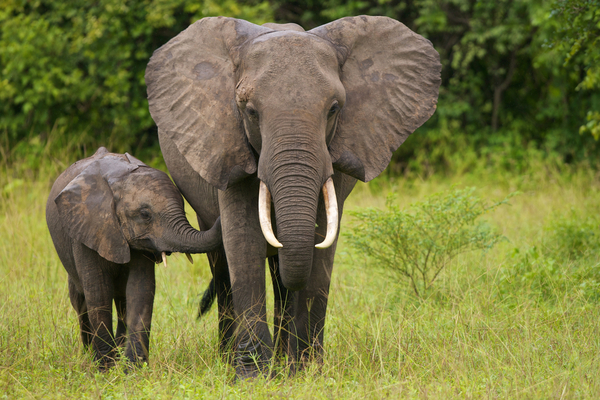
In the respiratory system of mammals, a thin sheet of tissue called the pleura wraps around the lungs and lines the chest cavity. The area between the layers of pleura is known as the pleural space, or pleural cavity, and it contains pleural fluid, which provides lubrication as the lungs expand and contract.
Unlike all other mammals, the pleural cavity of elephants is filled with tough connective tissue. This unusual structure allows elephants to snorkel and withstand the differences in pressure above and below water, without rupturing the blood vessels in the lining of their lungs, according to a 2001 article in journal Respiration Physiology.
Chest movement during breathing isn't the result of air movement.

When you breathe in, our chest swells; when you breathe out, our chest collapses. But these chest movements are not actually the result of air filling up or exiting the lungs.
During inhalation, the diaphragm — a thin sheet of dome-shaped muscle that separates the chest and abdominal cavities — contracts and moves down, increasing the space in the chest cavity. At the same time, the muscles between the ribs contract to pull the rib cage upward and outward. During exhalation, the exact opposite happens.
Asthma was once treated with psychotherapy.

Modern science has shown that asthma is a chronic lung disease that causes the airways to become inflamed and narrowed. It's a physical illness that can be exacerbated by psychological factors.
Between the 1930s and 1950s, however, people thought the roots of asthma were psychological. Therefore, treatments for asthma focused mainly on psychoanalysis. Therapists even interpreted a child's asthmatic wheezing as a suppressed cry for his or her mother, according to a 2005 article in the journal Clinical Practice & Epidemiology in Mental Health.
Horses only breathe through their noses.
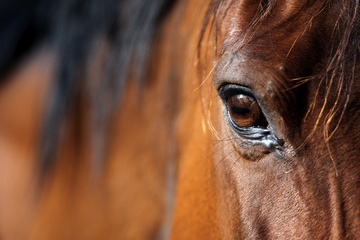
For humans, breathing through the mouth comes naturally and easily. The same is true for many other mammals: Dogs, for example, pant to cool off.
Horses, however, only breathe through their nostrils. They have a flap of tissue that forms a tight seal over the oral cavity, which prevents them from breathing through their mouths, even in respiratory distress. When they eat and swallow food, that flap closes off the nasal cavity and opens up the oral cavity, allowing food to go down the pharynx (the upper part of the throat.).
Sign up for the Live Science daily newsletter now
Get the world’s most fascinating discoveries delivered straight to your inbox.











